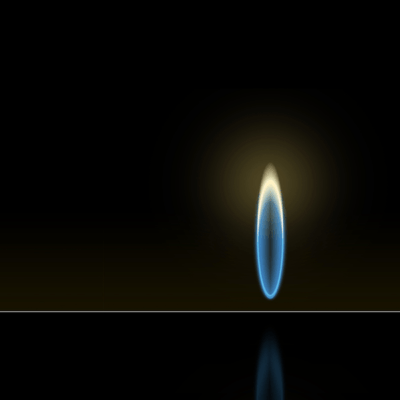The furnace is a critical component of a heating, ventilation and cooling (HVAC) system. While HVAC systems use an air conditioner for cooling, they rely on a furnace for heating.
If you’re looking to buy a new furnace, though, you might be wondering whether they all use a pilot light. Pilot lights are commonly found in gas-powered appliances, including furnaces.
So, do all furnaces use a pilot light?
The Basics of a Pilot Light
A pilot light is a component used to produce a small flame in gas-powered appliances. Water heaters, fireplaces, and furnaces that use gas often have a pilot light. The pilot light produces a consistent flame that ignites the flammable gas to which it’s exposed.
Flammable gas can’t ignite on its own. Whether it’s propane or natural gas, it must be exposed to a flame. Exposure to a flame will ignite the gas so that the respective appliance can perform its heating duties.
Common Problems With Furnace Pilot Lights
Like any fire-producing component, pilot lights tend to go out – and usually at the most inconvenient times.
During a bitterly cold winter evening, you may turn on your furnace in hopes of warming your home, only to discover that it doesn’t work.
Gas furnaces can fail in many ways. If the pilot light goes out, however, it won’t warm your home.
Even if your furnace’s pilot light doesn’t go out, it will constantly consume energy. Pilot lights in older-model gas furnaces use gas. They’ll burn a small but steady amount of gas to stay lit.
Of course, you’ll have to pay for the gas consumed by your furnace’s pilot light, meaning higher heating costs during the winter.
New Gas Furnaces Use an Electrical Pilot Light
Pilot lights are used in both old and new gas furnaces. With that said, they’ve evolved over the years.
In the past, most gas furnaces used a similar gas-powered pilot light. While some modern gas furnaces still use a gas pilot light, electric pilot lights – also known as electronic ignitions – are far more common.
An electric pilot light serves the same purpose as a gas pilot light by igniting flammable gas. The difference is that electric pilot lights are powered by electricity. Therefore, they don’t suffer the same intermediate failures as their gas counterparts.
It’s also worth noting that electric pilot lights work on demand. They don’t run at all times. Instead, the electric pilot light only creates a spark of electricity when you run the furnace.
If you are experiencing a problem with your air conditioning or heating call us at 512-336-1431 to schedule an appointment. We’ll be glad to come out and take a look at the issue.
1431-183 A/C & Heating proudly serves Round Rock, Georgetown, Cedar Park, Pflugerville, Leander, Liberty Hill, and North Austin.

